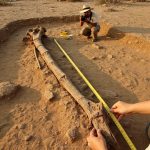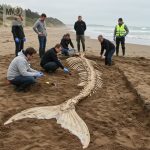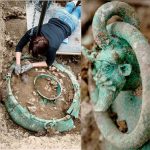Ice Age Relic Found in a Barley Field
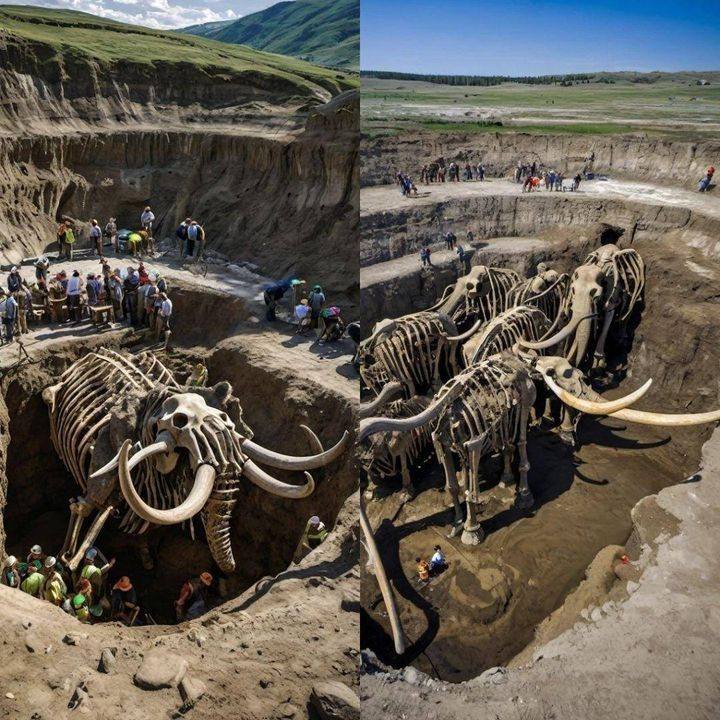
What began as an ordinary walk through a quiet barley field became an astonishing journey into the deep past. A young girl, exploring the farmland, stumbled upon a massive bone protruding from the soil. At first glance, it seemed like nothing more than an oversized stone or root. But experts soon confirmed it was something far more extraordinary: the preserved bone of a mammoth that lived more than 2 million years ago.
The discovery stunned archaeologists and paleontologists alike. The bone, remarkably well-preserved despite the passage of time, opens a rare window into the Ice Age world, when colossal mammoths roamed freely across plains and tundras. These majestic creatures, with their curved tusks and towering frames, were the giants of their era—symbols of strength, endurance, and survival in unforgiving climates. To find such a relic not in a museum or excavation site, but in an unassuming barley field, underscores how much of our planet’s history still lies hidden beneath the soil.
One of the greatest mysteries surrounding the find is its astonishing state of preservation. How could a mammoth bone survive millions of years of erosion, farming, and weather, remaining intact just below the surface? Experts suggest that the soil composition and stable environmental conditions of the region may have acted like a natural protective casing, preserving the relic until chance revealed it once more. This raises tantalizing questions: if one bone has survived so well, might there be more Ice Age secrets buried nearby—perhaps even a larger skeleton waiting to be uncovered?

For scientists, every mammoth discovery is invaluable. Bones like this one can provide insights into prehistoric ecosystems, migration patterns, and climate conditions that shaped the Ice Age landscape. DNA fragments, if recoverable, may also contribute to ongoing research into de-extinction, as geneticists continue exploring the possibility of reviving mammoth traits through modern elephants. Each new find adds another puzzle piece to humanity’s understanding of how life adapted—and eventually perished—during one of the most dramatic chapters in Earth’s history.
But beyond its scientific significance, the mammoth bone carries an undeniable sense of wonder. For the girl who found it, and for the community surrounding the barley field, the discovery transforms familiar farmland into a gateway to prehistory. It reminds us that beneath the surface of our everyday world lie hidden legacies of the deep past, waiting for serendipity to bring them into the light.
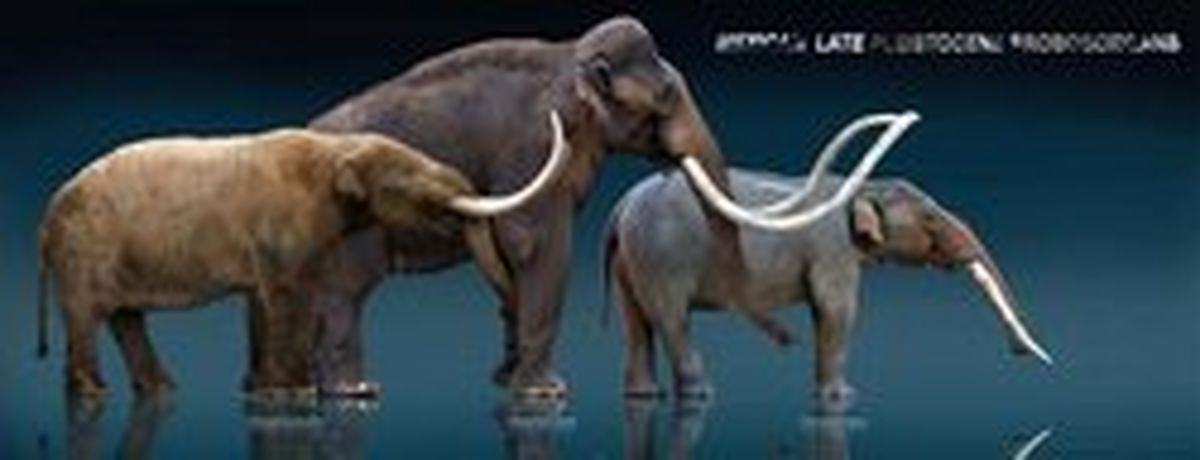
The story of this Ice Age relic captures both the fragility and endurance of life across the ages. It is a humbling reminder that the ground we walk on every day conceals traces of worlds long vanished, yet not forgotten. From an ordinary field to a prehistoric treasure trove, this discovery proves that history is never truly buried—it only waits to be found.
#IceAgeDiscovery #MammothFind #PrehistoricLife #AncientSecrets




